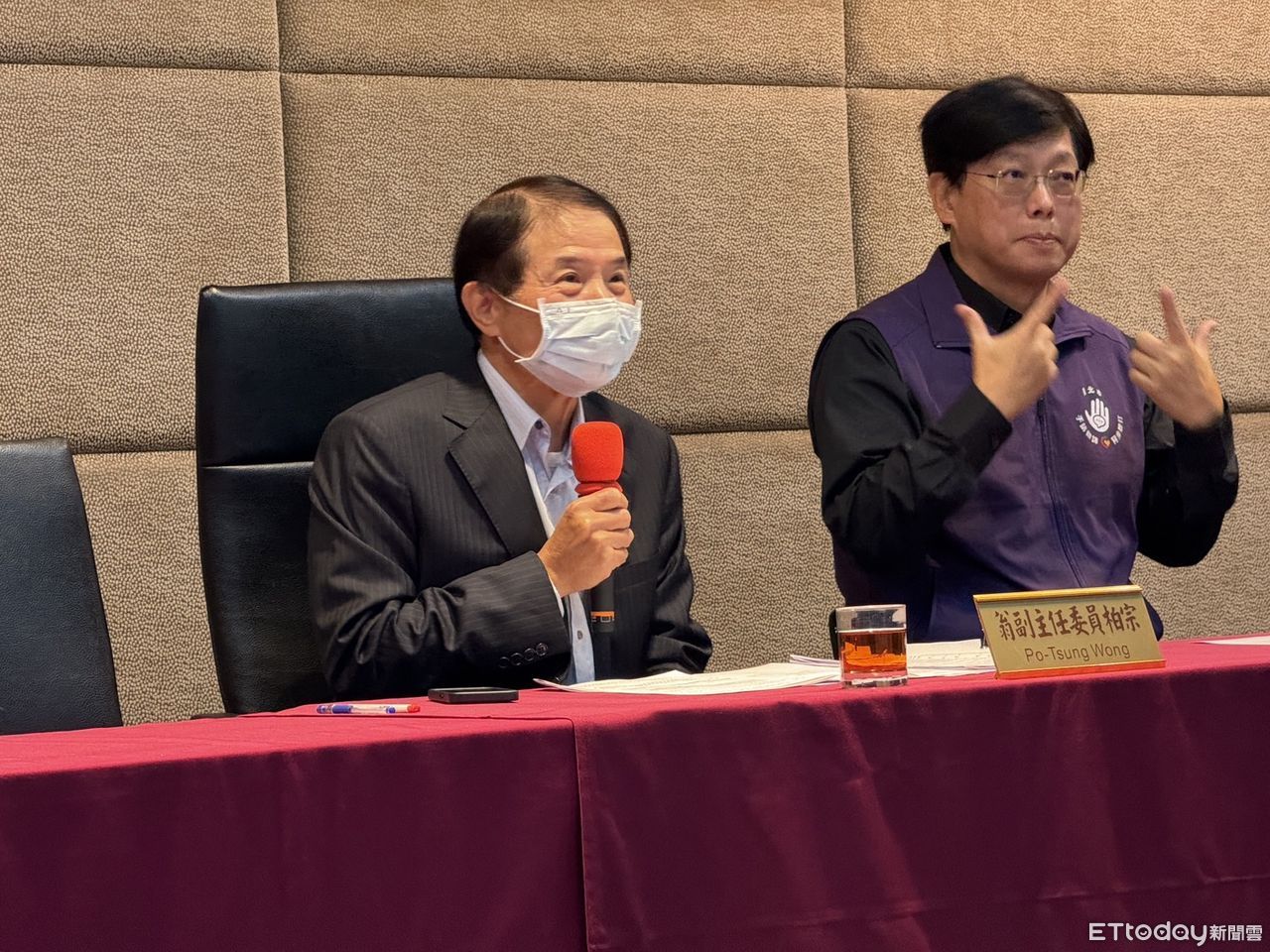台南收購手機
The 台南收購手機iphone X’s new neural engine exemplifies Apple’s approach to AI
The 台南收購手機iphone X’s new neural engine exemplifies Apple’s approach to AI
/
Artificial intelligence in your hand, not in the cloud
Share this story
Apple’s new 台南收購手機iphone X is billed as “the future of the smartphone,” with new facial recognition and augmented reality features presented as the credentials to back up this claim. But these features wouldn’t be half as slick without a little bit of hidden futurism tucked away in the phone’s new A11 Bionic chip: Apple’s new “neural engine.”
The neural engine is actually a pair of processing cores dedicated to handling “specific machine learning algorithms.” These algorithms are what power various advanced features in the 台南收購手機iphone, including Face ID, Animoji, and augmented reality apps. According to Apple’s press materials, the neural engine performs “up to 600 billion operations per second” to help speed AI tasks (although this stat is hard to put in proper context; operations-per-second is never the sole indicator of performance).
What’s clear about the neural engine is that it’s typical of Apple’s approach to artificial intelligence. AI has become increasingly central to smartphones, powering everything from the speech recognition to tiny software tweaks. But to date, AI features on mobile devices have been mostly powered by the cloud. This saves your phone’s battery power by not taxing its processor, but it’s less convenient (you need an internet connection for it to work) and less secure (your personal data is sent off to far-away servers).
Apple’s approach is typical of the company’s ethos: it’s focused on doing AI on your device instead. We saw this back in June 2016, when the company introduced “differential privacy” (using statistical methods to mask users’ identity when collecting their data), and at WWDC this year when it unveiled its new Core ML API. The “neural engine” is just a continuation of the same theme. By having hardware on the phone itself that’s dedicated to AI processing, Apple sends less data off-device and better protects users’ privacy.
The 台南收購手機iphone-maker isn’t the only company to pursue this approach. Chinese tech giant Huawei put a similar “Neural Processing Unit” in its Kirin 970 system-on-chip, saying its can handle tasks like image recognition 20 times faster than a regular CPU. Google has developed its own methods of on-device AI called “federated learning,” and has hinted that it too is working on mobile chips for machine learning. ARM has reconfigured its chip design to favor artificial intelligence, and chipmaker Qualcomm says it’s only a matter of time before it, too, launches its own mobile AI chips.
Because although the 台南收購手機iphone X’s neural engine is typical of Apple’s approach to AI, it’s not just the company’s particular quirk. It’s the future of the whole mobile industry.
記者蘇晟彥/台北報導
NCC(國家通訊傳播委員會) 8日舉辦例行記者會,針對日前提出行政院提出的NCC委員人選遭「卡關」,對此,NCC發言人翁柏宗舉例,若新任委員無法順利過關,屆時人數不足委員會議恐不能運作,後續像是台南收購手機iphone 16、17等手機的型式認證、頻道上下架將無法審理,恐導致無法進行販售,影響最大的還是會回歸到消費者。
▼NCC新任委員若無法順利過關,將可能影響消費者後續權益。(資料照/記者蘇晟彥攝)

行政院日前表示,通傳會4位委員(含主任委員及副主任委員)任期將於今年7月31日屆滿,依該會組織法第4條規定,行政院院長應於委員任滿3個月前辦理提名作業。行政院已將提名人選翁柏宗、陳炳宏、羅慧雯及詹懿廉等4人名單函送立法院審,其中翁柏宗為主委、陳炳宏副主委,但此舉遭到藍、白立委反彈。
根據NCC法規,在委員會議討論案中,需要過半委員通過,如果目前提出的委員名單遭到卡關,現任委員則需要延任至新委員選出,目前加上副主委翁柏宗延任的話,現行為委員有4位,但如果至7月31日,翁柏宗沒有延任意願,或是國民黨團提出NCC組織法第四條修正案通過,委員僅會剩下3位,此舉會造成委員會停擺、各項議案不能審理。
對此,8日翁柏宗在例行記者會上表示,目前會影響的層面包括未來將上市的台南收購手機iphone 16、17無法進行型式認證,會導致無法上市販售,還有包含頻道上下架、基地台與無線電頻率發照等等與民生相關的內容。
台南收購手機 台南收購手機
